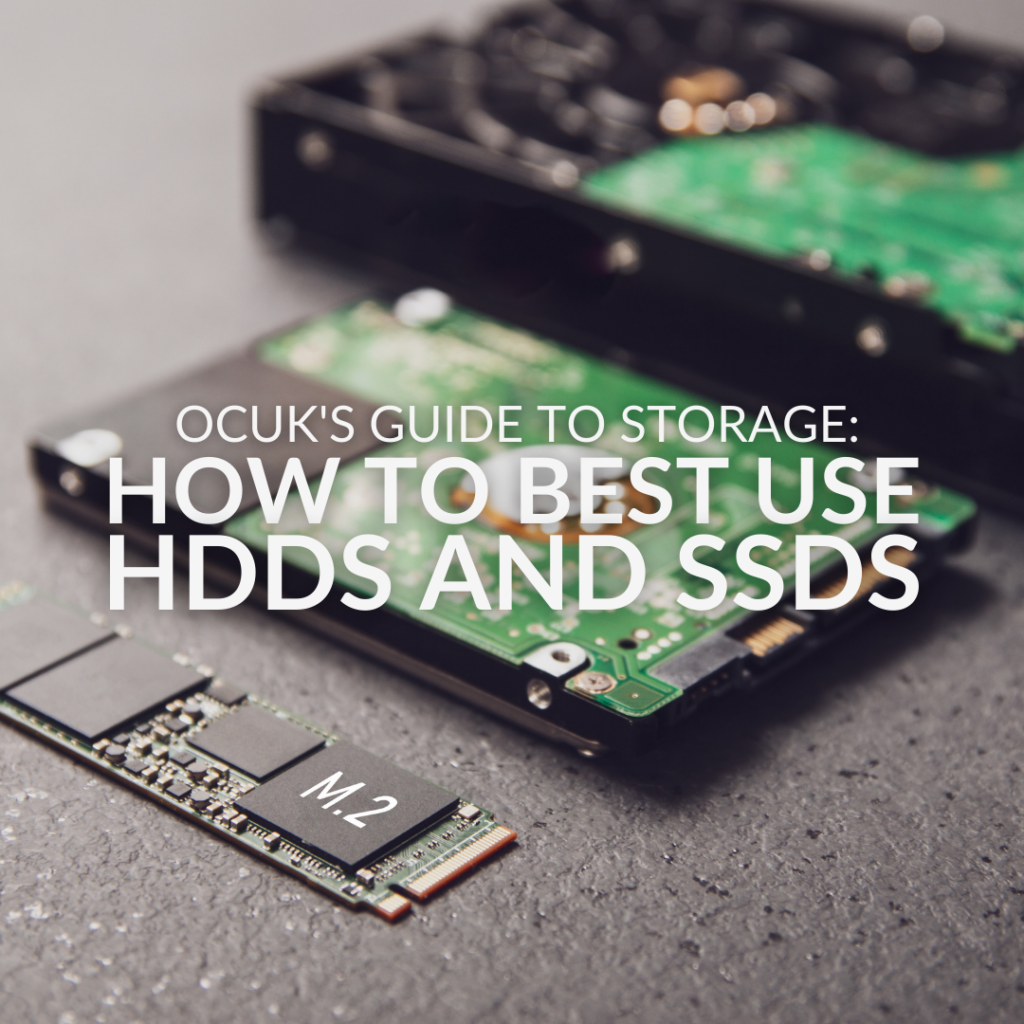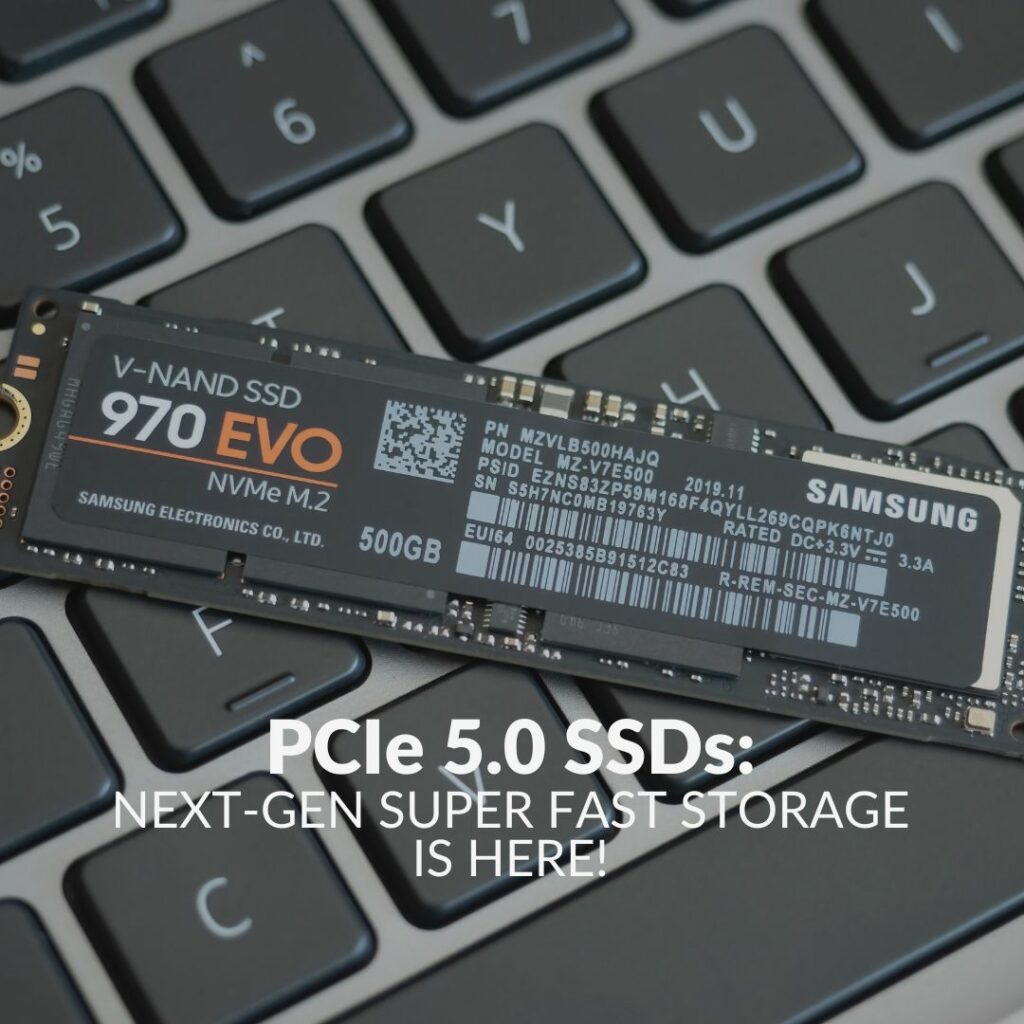Seagate unveiled the industry’s first native NVMe hard disk drive (HDD) at 2021’s Open Compute Project global summit. This announcement might confirm a future for HDDs which have been becoming less popular as SSD’s and NVME M.2 drives decrease in price and increase in storage capacity.
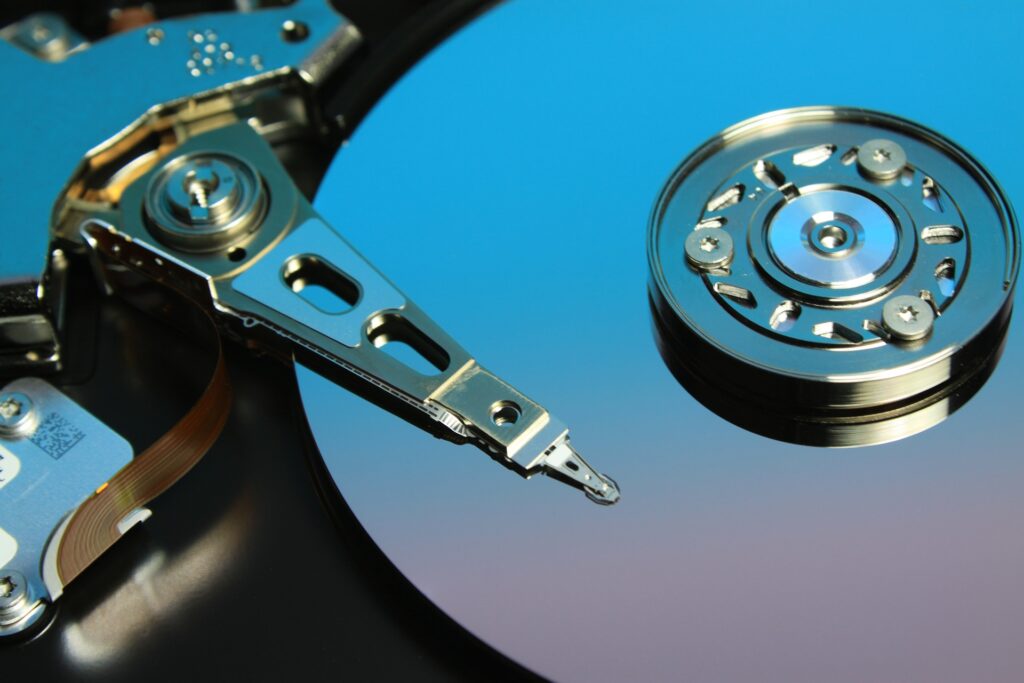
The newly presented HDDs are connected with NVMe (Non-Volatile Memory Express) via PCIe 3.0 instead of a traditional SATA (Serial AT Attachment) connection. Whilst hard drives are slower than SSDs and even slower than NVMe M.2 SSDs, they will probably not be retired for a long time as they offer comparatively cheap mass storage. However, NVMe HDDs could make SATA hard drives obsolete in the long term as they provide a dramatic boost in transfer speed.
This boost in speed is not insignificant either! Support for HDDs was only added in version 2.0 of the NVMe protocol. However, this introduction allows for data transfer rates of up to 4 GB/s with PCIe 3.0 x4 and even 8 GB/s with PCIe 3.0 x4. Compared to SATA 3.0’s relatively low 600 MB/s speed, it’s easy to get excited about NVMe HDDs.
What are HDDs with NVMe for?
As of right now, the main reason for these new hard drives is the standardisation of interfaces for data carriers in the server area. Currently, SATA data carriers communicate with the SATA controller of a mainboard via the AHCI interface. This interface removes the need for individual drivers to be installed for hard drives. Additionally, AHCI allows for hot-swapping of hard disks and provides native command queuing (NCQ). NCQ optimises disk performance by sorting read and write commands in a buffer.
Whilst the AHCI standard and features such as NCQ have made SATA the ideal enterprise and home solution for almost two decades, the technology has begun to be antiquated. Control commands for NCQ are specially adapted for mechanical read and write heads of HDDs and not for significantly faster flash-based storage devices. Notably, this mismatch in technology can increase latency with SSDs that are connected via SATA.
NVMe however, has an expanded feature set for optimising queuing for flash memory. This not only ensures lower latencies and fast input/output operations per second (IOPS) but also utilises multithreading to accelerate processes.
This extended feature set is centred around modern high-speed stat carriers even in large networks such as those used in servers.
Lexar NS100 1TB SSD 2.5” SATA III Solid State Drive
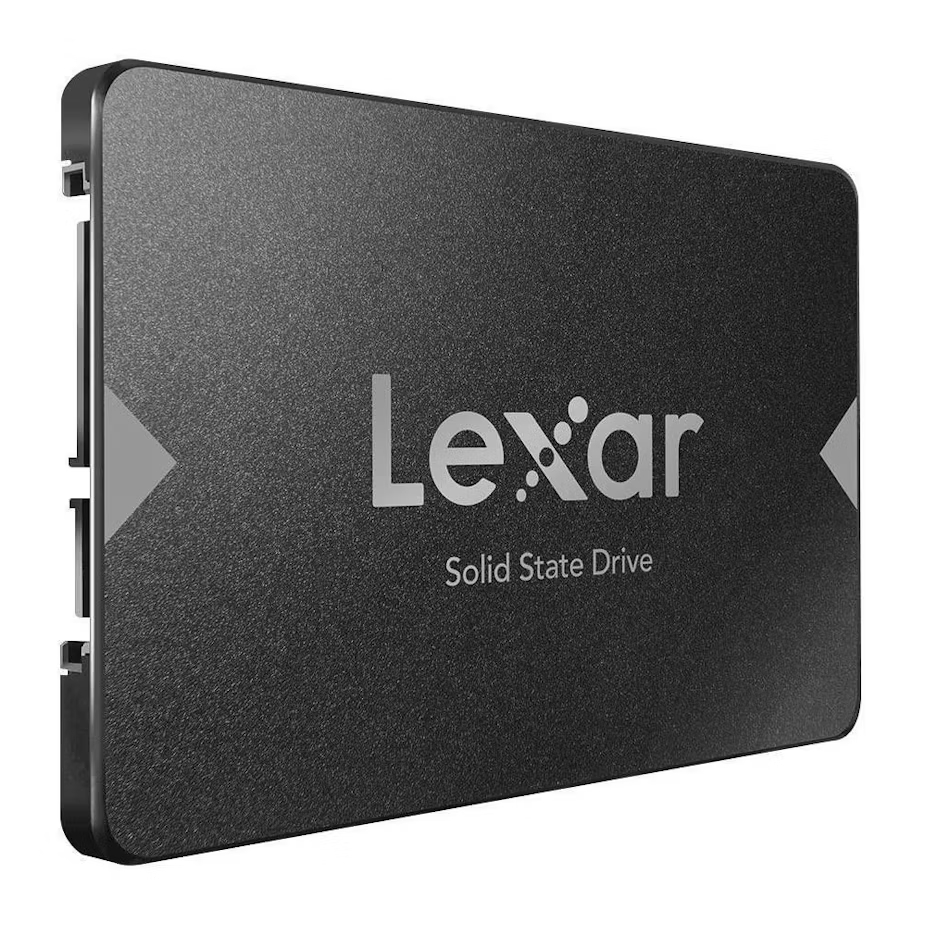
- Rigorously Tested
- Upto 550MB/s Read Speed
- Upto 550MB/s Read Speed
Lexar NM790 2TB NVMe PCIe 4.0 M.2 Solid State Drive
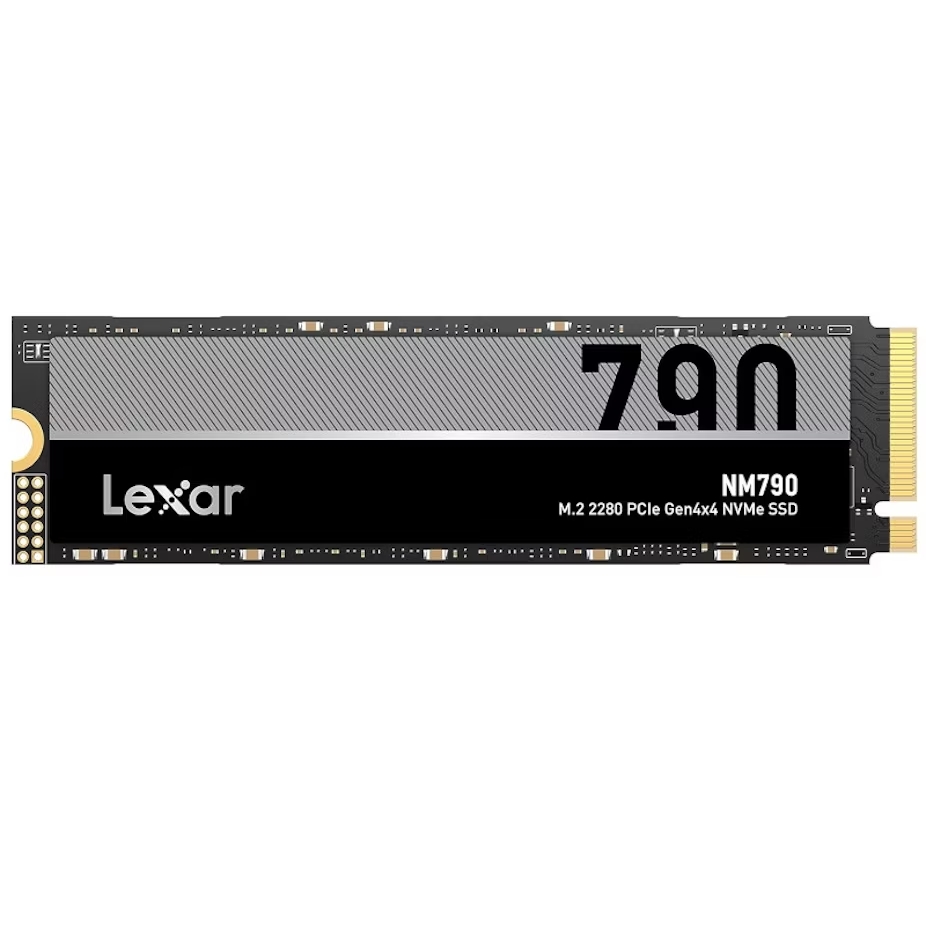
- Powerful but efficent
- Read 7400 MB/s, Write 6500MB/s
- 5 Year Warranty
HDDs still have a future!
Don’t go and throw away your old hard drives just yet. HDDs are still in demand, and that status quo won’t be changing anytime soon. As they offer significantly lower costs per MB, SATA hard drives will likely remain the standard for mass storage for some time. Whilst many gamers now use an M.2 NVMe SSD or traditional SATA SSD for their Windows Boot/ game drive switching to a full NVMe storage array is unnecessary. Most games and software with a few exceptions cannot fully utilise such fast storage.

NVMe drives at present are intended for use in the server market, where high-speed mass storage can be worth the associated cost. The SATA interface is here to stay with us for a little while longer yet.

